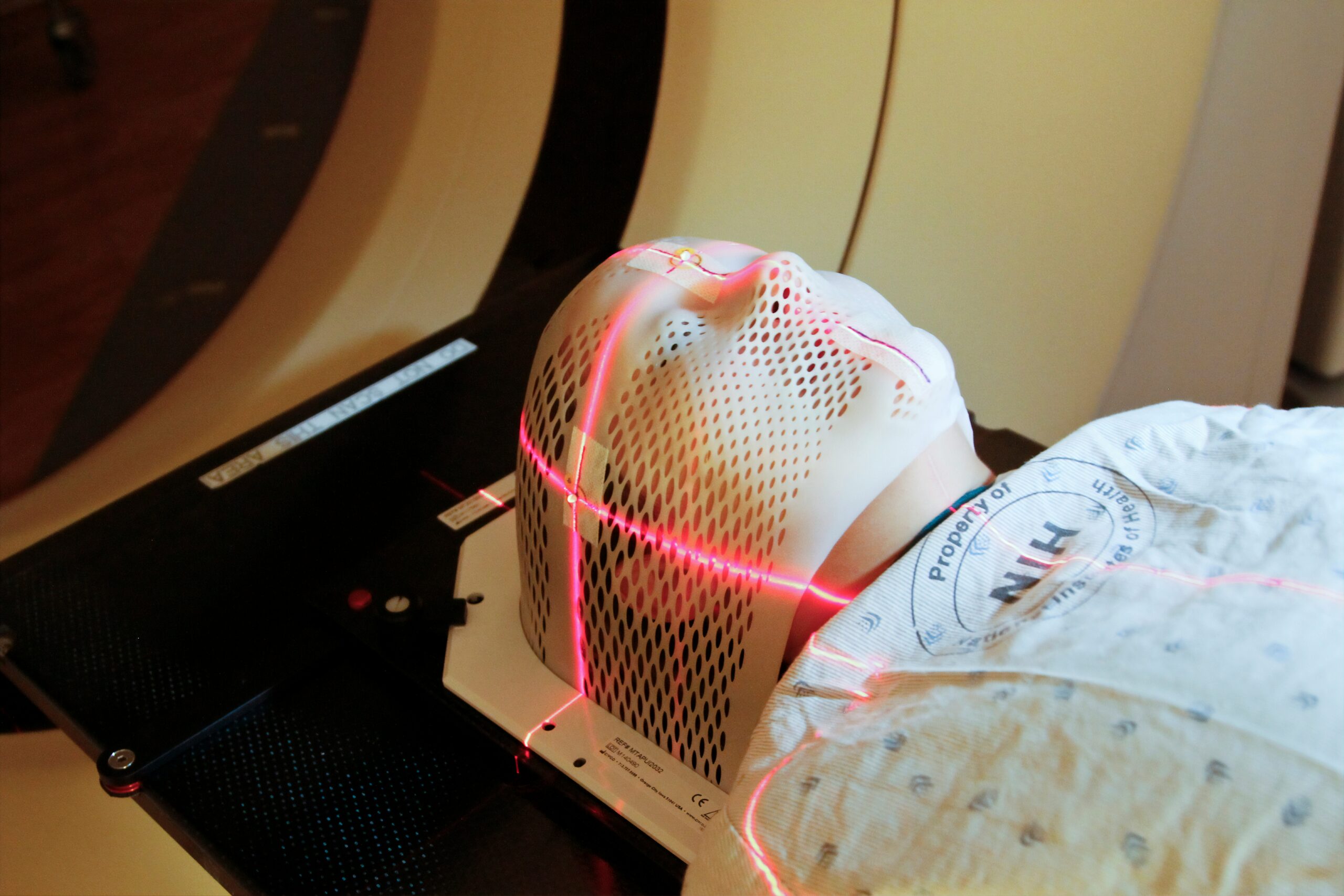Cancer treatment encompasses a diverse array of therapies aimed at targeting cancer cells, reducing tumour burden, and improving patient outcomes. Treatment options for cancer vary depending on factors such as cancer type, stage, location, and individual patient factors. In this article, we’ll explore the guide to cancer therapies, including surgery, radiation therapy, chemotherapy, targeted therapy, immunotherapy, and other emerging approaches.
1. Surgery: Surgery is a common treatment option for many types of cancer and involves the removal of cancerous tumours or tissues from the body. Surgical procedures may be curative, palliative, or diagnostic, depending on the goals of treatment and the extent of disease spread. Surgery may be performed alone or in combination with other treatment modalities such as chemotherapy or radiation therapy to achieve optimal outcomes.
2. Radiation Therapy: Radiation therapy, also known as radiotherapy, uses high-energy radiation beams to target and destroy cancer cells while sparing surrounding healthy tissues. Radiation therapy may be delivered externally (external beam radiation therapy) or internally (brachytherapy) and can be used as a primary treatment modality, adjuvant therapy, or palliative care intervention to alleviate symptoms and improve quality of life.
3. Chemotherapy: Chemotherapy involves the administration of powerful anti-cancer drugs that target and kill rapidly dividing cancer cells throughout the body. Chemotherapy may be given orally or intravenously and can be used as a primary treatment modality, adjuvant therapy, or neoadjuvant therapy to shrink tumours, prevent cancer recurrence, or prepare for surgery or radiation therapy. Chemotherapy regimens may consist of single agents or combinations of drugs tailored to each patient’s specific cancer type and stage.
4. Targeted Therapy: Targeted therapy is a precision medicine approach that targets specific molecular pathways or genetic mutations driving cancer growth and proliferation. Targeted therapy drugs work by blocking specific proteins or signalling pathways involved in cancer cell growth, survival, and metastasis. Targeted therapy may be used alone or in combination with other treatments, such as chemotherapy or immunotherapy, to improve treatment outcomes and reduce side effects. This is an important part of the guide to cancer therapies.
5. Immunotherapy: Immunotherapy harnesses the power of the immune system to recognise, target, and destroy cancer cells. Immunotherapy drugs, such as immune checkpoint inhibitors, adoptive cell therapies, and cancer vaccines, work by enhancing the body’s immune response against cancer, enabling immune cells to recognise and eliminate tumour cells more effectively. Immunotherapy has revolutionised cancer treatment and has shown promising results in various cancer types, including melanoma, lung cancer, and certain types of lymphoma and leukemia.
6. Hormone Therapy: Hormone therapy, also known as endocrine therapy, is used to treat hormone-sensitive cancers, such as breast cancer and prostate cancer. Hormone therapy drugs work by blocking the production or action of certain hormones that promote cancer growth, thereby slowing tumour growth and reducing the risk of cancer recurrence. Hormone therapy may be administered orally or through injections and is often used as a long-term treatment strategy to manage hormone receptor-positive cancers.
7. Stem Cell Transplantation: Stem cell transplantation, also known as bone marrow transplantation, is a procedure used to replace damaged or diseased bone marrow with healthy stem cells to restore normal blood cell production and immune function. Stem cell transplantation may be used as a treatment option for certain types of blood cancers, such as leukemia, lymphoma, and multiple myeloma, particularly in cases of high-risk or relapsed disease.
Cancer treatment is a complex and dynamic process that often involves a combination of therapies tailored to each patient’s specific cancer type, stage, and individual characteristics. By leveraging the guide to cancer therapies and incorporating the latest advances in treatment modalities, healthcare providers can optimise treatment outcomes, improve patient survival, and enhance quality of life for individuals affected by cancer.
By cancer-research.org team.




